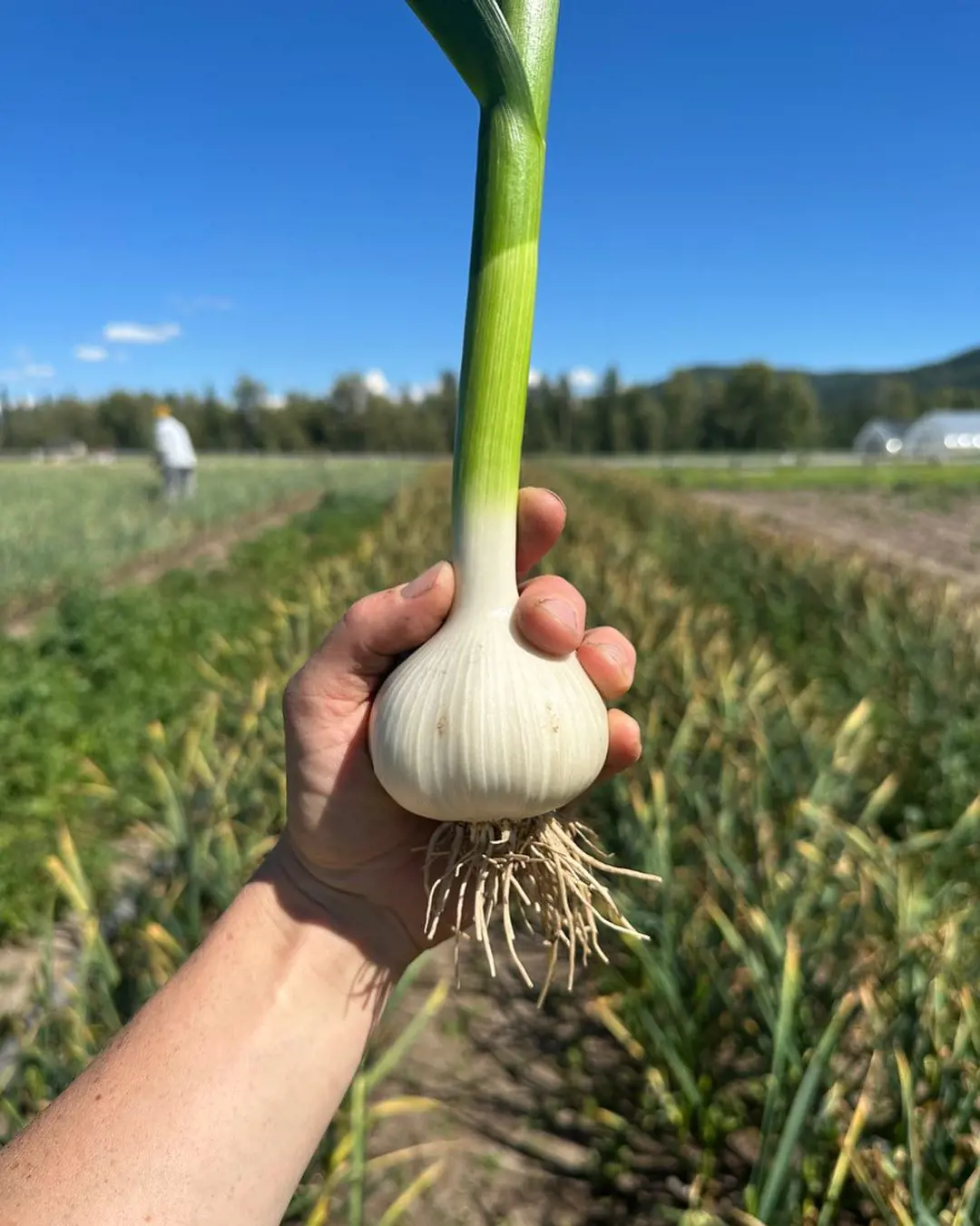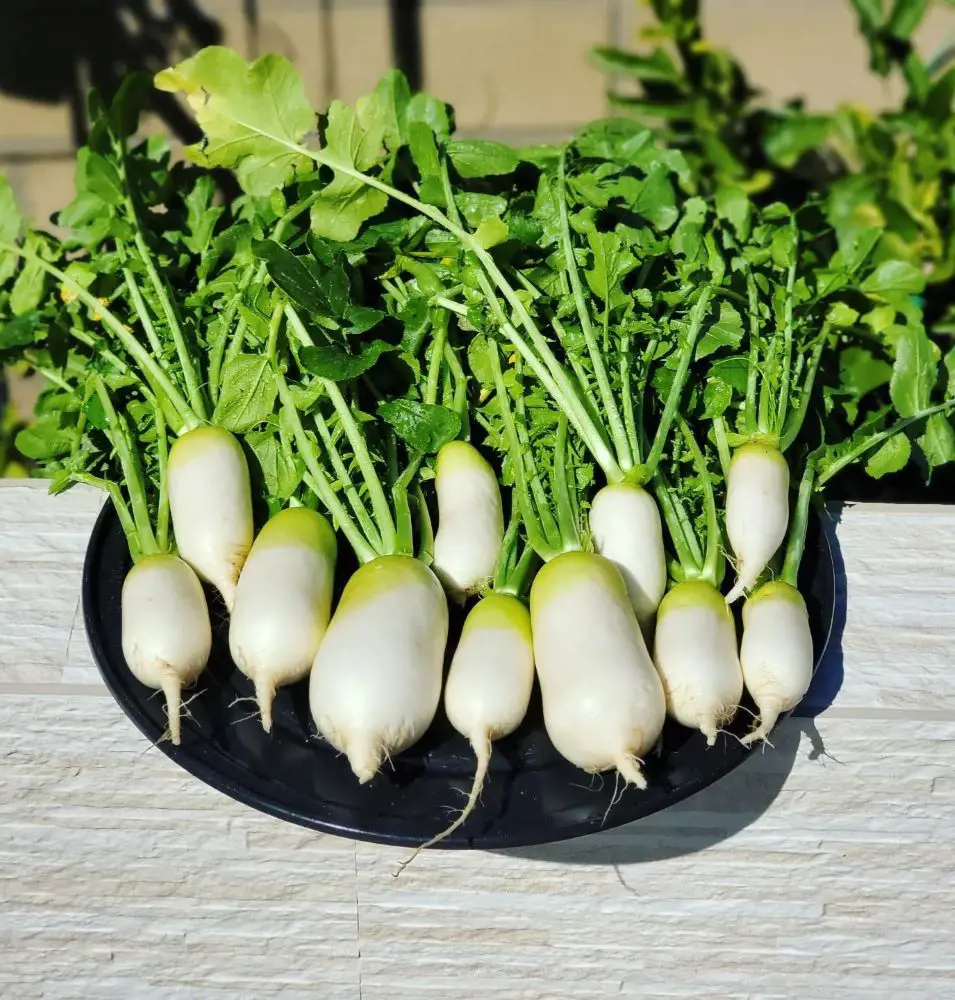How To Grow Rosemary Plant

This post may contain affiliate links. If you make a purchase through links on our site, we may earn a commission.
Rosemary is a fragrant and flavorful herb that belongs to the mint family called Lamiaceae. This aromatic herb is not only valued for its culinary uses but also for its ornamental qualities and potential health benefits.
When it comes to cultivation, rosemary is a relatively hardy and drought-tolerant herb, making it well-suited for various garden settings.
1. Choose Right Location
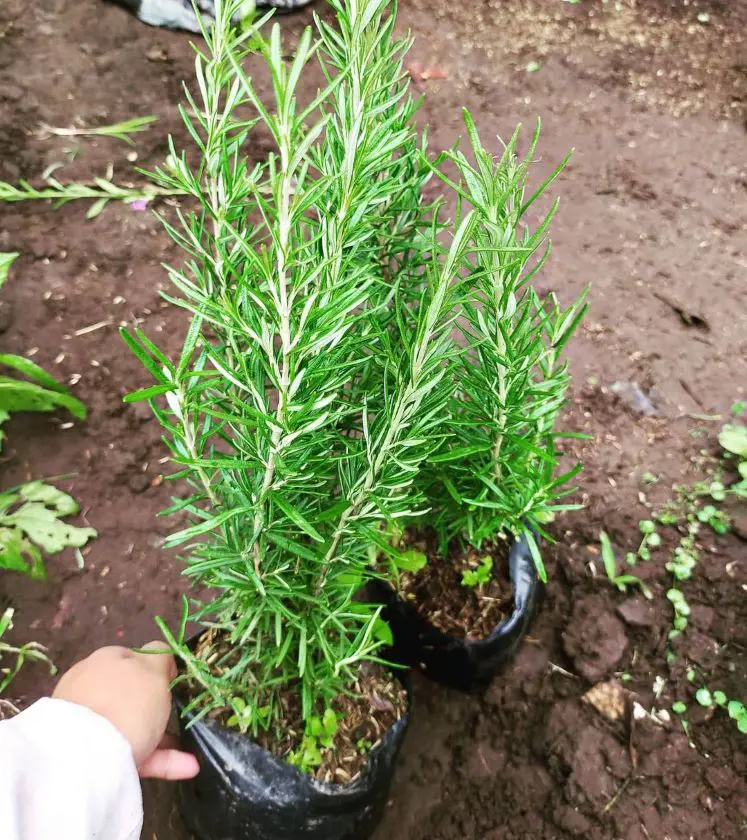
Choosing the right location for rosemary is crucial for its overall growth and well-being. This plant loves warmth and thrives in sunny locations. So, choose a place with ample sunlight, providing at least six to eight hours of direct sunlight every day.
While rosemary enjoys sunshine, it can be sensitive to harsh winds. Look for a spot that offers some protection from strong gusts, ensuring good air circulation. This prevents leaf drying and reduces the risk of fungal diseases.
2. Well Drained Soil
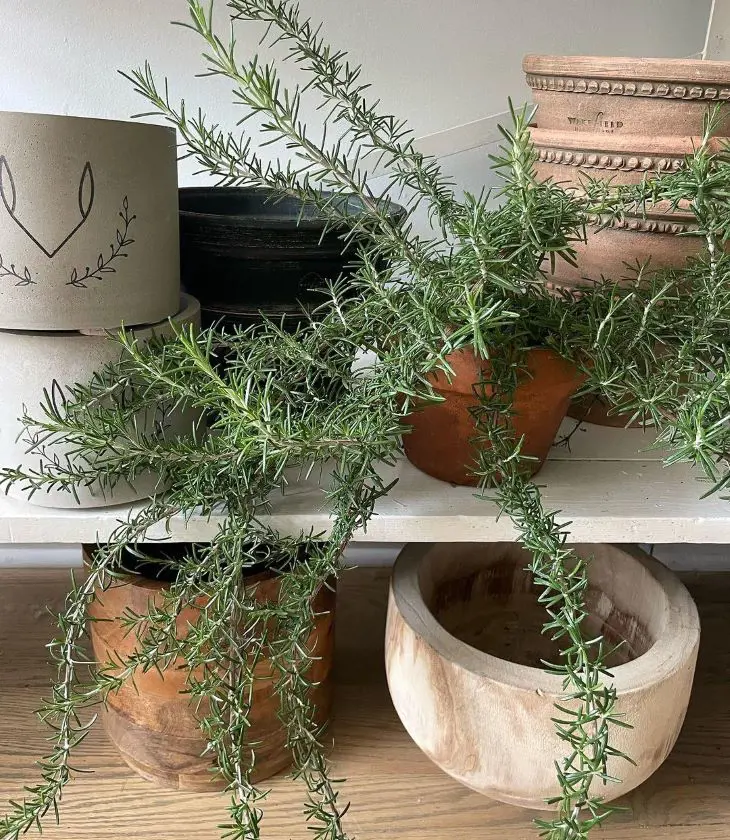
This herb prefers soil that allows easy drainage, preventing waterlogging and avoiding root rot. For this, sandy or loamy soil works best. It maintains a good balance between holding moisture and draining excess water. Also, avoid heavy or clayey soils that tend to retain water, as they can compromise the health of the plant.
When the soil around your plant holds water, it limits oxygen to the roots. This condition can potentially cause stunted growth and, in extreme cases, lead to the death of the plant. To determine if your soil is suitable, dig a small hole in the planting area and fill it with water. If it disappears quickly, you have good drainage; if it takes longer, amend the soil.
3. Water Properly
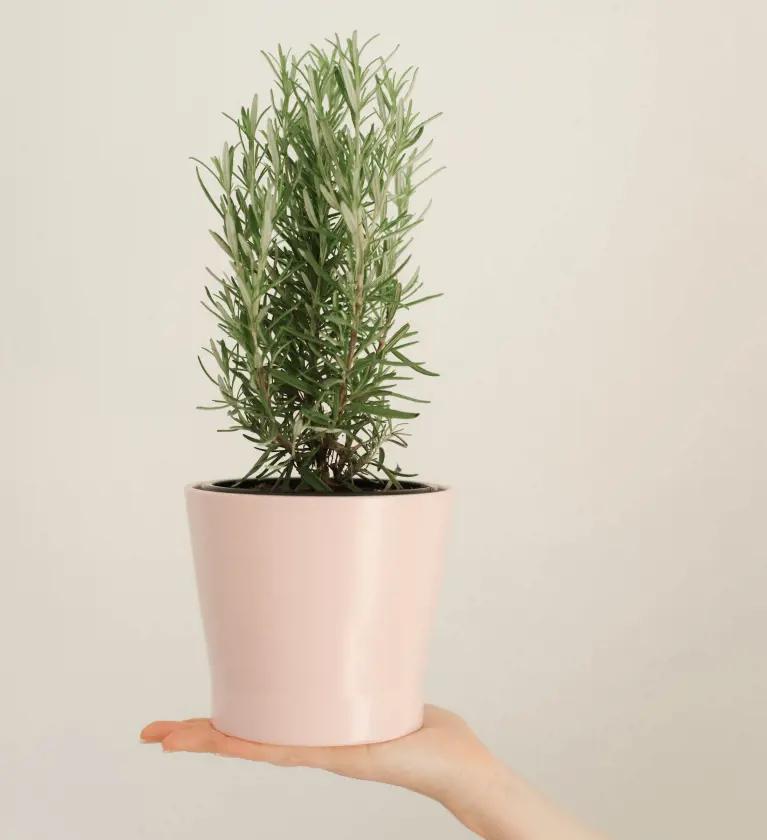
Since this plant is a drought-tolerant herb, it requires relatively minimal watering. Watch out for signs like yellowing leaves, mushy stems, and brown spots on your plants. Additionally, if you notice mold growth on the soil surface, this indicates that you may be providing too much water.
Rosemary, like other plants, prefers chlorine-free water. If you are using tap water, it is advisable to let it sit out for 24 hours before application to allow the chlorine to evaporate. Watering in the early morning is beneficial as it enables the leaves to dry out before nightfall, minimizing the risk of plant diseases.
4. Fertilize Sparingly

Rosemary has adapted to thrive in less fertile environments, making the most of available nutrients. In fact, over-fertilizing can be detrimental to its health, hindering growth and even reducing the flavor of its leaves. So, the key to nurturing this herb lies in understanding the principle of "less is more" when it comes to fertilization.
Rather than constant feeding, prioritize giving your plant a gentle boost only a few times during the growing season. Choose a balanced, slow-release fertilizer specifically designed for herbs, ensuring it meets the specific needs of rosemary. Moreover, consider the benefits of a diluted organic fertilizer to promote flavorful growth.
5. Prune Regularly
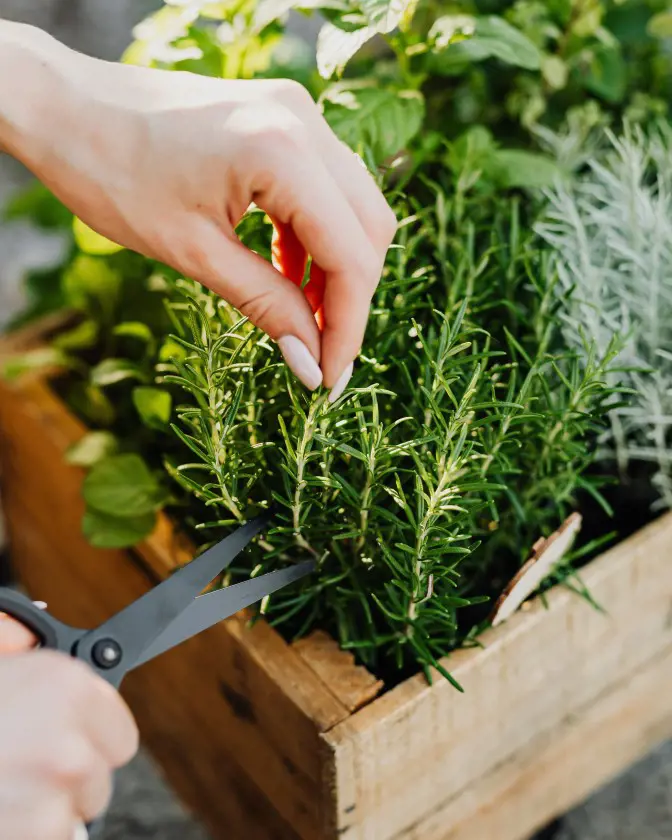
The optimal time to trim rosemary is in late spring or early summer. This timing allows the plant to recover and concentrate on new growth during the warm season. Utilize sharp shears to make clean cuts at a 45-degree angle, just above a set of leaves. Be cautious to avoid pruning into old wood, as this can cause damage to the plant.
Trimming regularly not only improves the aesthetics of your rosemary but also increases its yield, providing you with more of the delicious herb for culinary purposes. Pruning further encourages bushier growth, promotes air circulation, and helps the plant focus its energy on producing fragrant leaves instead of leggy stems.
6. Harvest Consistently

Continuously enjoying the benefits of this culinary and medicinal herb requires regular harvesting. Harvesting with the right techniques and timing, you can transform your rosemary bush into a continual source of fresh flavor throughout the year. While this plant can be harvested year-round, the ideal time depends on your desired outcome.
To harvest the best burst of flavor from your rosemary, pick the small stems and leaves in spring or early summer, just before they bloom. This is when the essential oils are at their peak, making it super tasty. Gather a handful of rosemary leaves and stems during the growing season for fuller growth.
7. Guard Against Pests

Although rosemary is typically a resilient herb, it's not immune to pests and diseases. These plants can have trouble with tiny pests called aphids. They cluster on leaves, causing growth issues and yellowing. Watch out for spider mites too, tiny bugs spinning webs that can slow growth and turn leaves brown.
There are several ways to control pests on your rosemary. Organic pesticides such as neem oil or insecticidal soap effectively manage common pests. Thoroughly spray affected areas following product label instructions. Promote the presence of natural predators like ladybugs and lacewings in your garden to help regulate pest populations.
8. Indoor Overwintering

In colder climates, where winter's icy grip threatens tender herbs, overwintering your rosemary indoors is crucial for its survival. Despite being a resilient plant, rosemary cannot withstand prolonged periods of freezing temperatures. By taking some simple steps, you can ensure your rosemary continues to thrive even during the coldest months.
Before the first frost arrives, bring your rosemary plant indoors. Select a bright window with abundant sunlight each day. This provides the essential warmth and light the plant needs to maintain its health and prevent sparse, stretched growth. As spring approaches and temperatures begin to rise, you can gradually transition your rosemary back outdoors.
9. Repot When Needed

The ideal time to repot rosemary is in the spring when the plant is waking up from its winter slumber and is ready for new growth. A clear sign that your herb needs repotting is when you observe roots growing out of the drainage holes or circling the inside of the pot.
Another indicator is if your rosemary's growth seems to have slowed down or stopped altogether. Once you notice these symptoms, choose a pot that's 2-3 inches larger in diameter than the current one, making sure it has drainage holes. Trim any dead, or damaged roots and place the plant in the center of the new pot. Gently water to settle the soil and hydrate the roots.
10. Propagate For More Rosemary
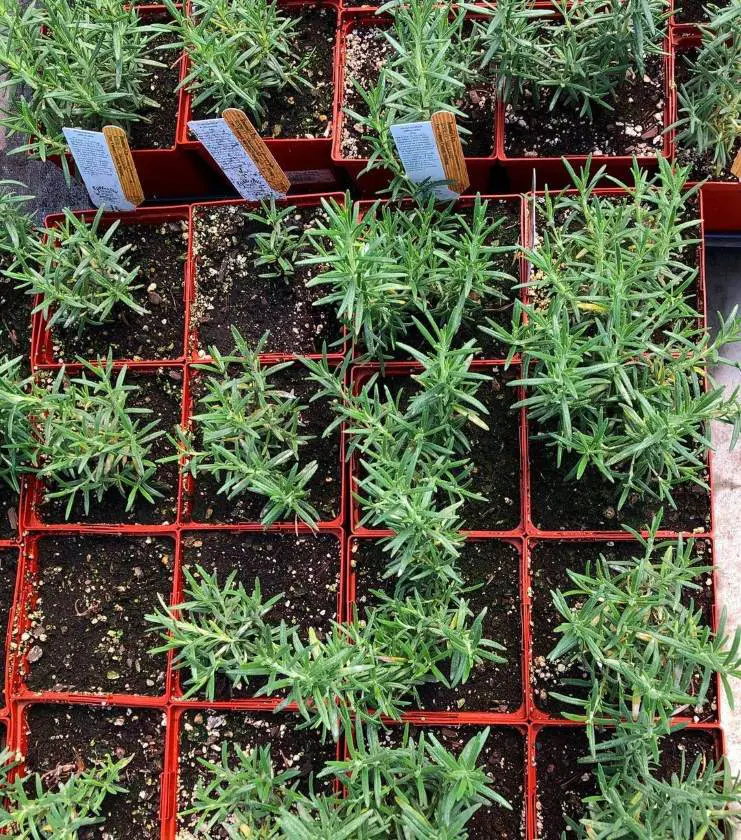
One common method to propagate them is through stem cuttings. Begin with a 4-6 inch stem cutting from a healthy, mature plant. Trim off the lower leaves, leaving a few at the top. Plant it about an inch deep in well-draining soil, keep it consistently moist, and observe the development of roots.
You can also propagate rosemary through layering. To do this, gently press a low-growing stem into the soil, ensuring good contact for root development. With regular care and attention, these newly propagated plants can flourish, becoming vibrant additions to your garden and your herb collection.
Recent posts
How To Grow
How To Grow
How To Grow Garlic
A bulbous member of the onion family, garlic is prized for both its potent flavor and a variety of therapeutic applications. Due to its relative ease of cultivation, it is a favorite among home gardeners and a pioneer in kitchens worldwide. Garlic ma...
How To Grow
How To Plant and Grow Orchids
Orchids are one of the prettiest and most interesting flowers out there, with over 30,000 types and 200,000 hybrids. They are one of the biggest families of plants and can grow indoors or outdoors. However, growing and taking care of orchids is not e...
How To Grow
How To Plant, Grow And Harvest Corn All By Yourself
Growing your popcorn or sweet corn at home garden can seem like an interesting idea. However, it requires a large amount of space to grow as it is a tall plant that needs plenty of room to spread out. But, if you want to enjoy freshly popped po...
How To Grow
How To Plant, Grow And Care Cucumbers
Growing cucumbers is like going on a fun journey where you get to plant and pick your very own crunchy veggies. It's not just about having tasty cucumbers, it's also about the joy of seeing your plants grow. Whether you have a big garden or a small b...
How To Grow
How To Plant, Grow And Care Radishes In Your Garden
Growing radishes in your garden is a fantastic way to enjoy crisp and peppery veggies that you've nurtured from seed to plate. It's a straightforward process that anyone can try, even if you're new to gardening. In the following 12 steps, we'll guide...
How To Grow
How to Plant, Grow And Care For Spinach?
Growing leafy greens in your backyard garden is both healthy and fun. Spinach can be the best leafy green to start with as it is relatively easy to grow from scratch and can be harvested in about a month from planting. It thrives in spring or fall in...
